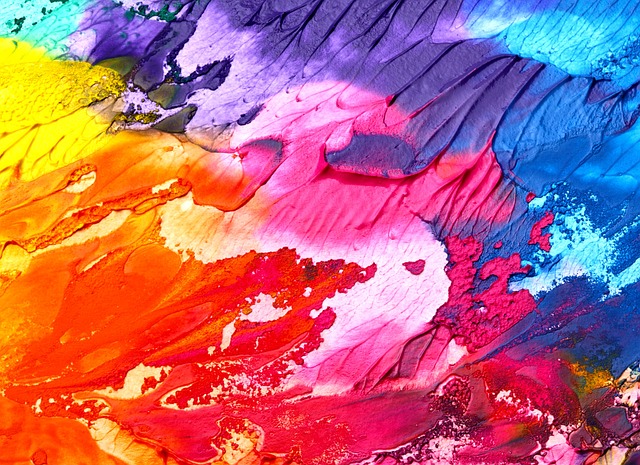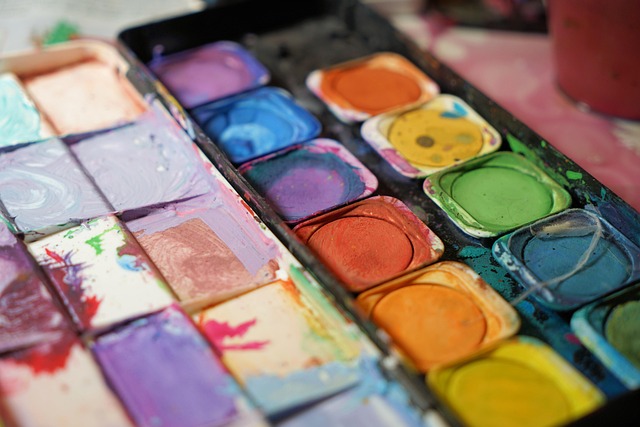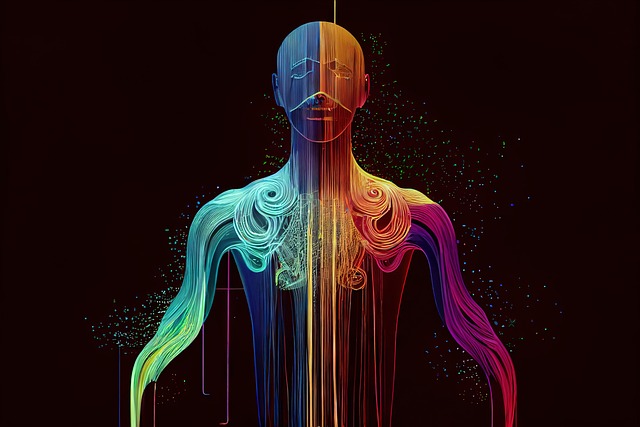Unlocking the Power of Visual Dramaturgy: The Intersection of Art and Design in Graphics
In the ever-evolving world of graphics, one term is becoming increasingly significant: visual dramaturgy. This concept marries the elements of art and design, creating a powerful narrative tool that artists and designers can wield in their creative arsenal. Let’s dive into the profound impact of visual dramaturgy and how it shapes our understanding and experience of graphics.
The Essence of Visual Dramaturgy
At its core, visual dramaturgy is the art of storytelling through imagery. It goes beyond just aesthetics and dives deep into the emotional resonance of visuals. Every line, color, and form can act as a character in a story, conveying feelings, evoking memories, and stimulating thoughts. Think of a powerful graphic design campaign; the visuals are orchestrated to guide the viewer’s attention and shape their emotional journey. The balance of art and design plays a pivotal role in this, as it requires a careful consideration of both elements to reach its fullest potential.
The Role of Art in Visual Dramaturgy
Art introduces emotion, context, and depth into the realm of graphics. Artists utilize their skills to create striking visuals that not only catch the eye but also stir the soul. Whether through abstract expressionism or photorealism, the artistic component invites viewers to engage on a deeper level. Take, for instance, the use of certain colors to evoke specific moods: warm tones can create a sense of comfort, while cool hues might evoke calmness or sadness. By employing these artistic techniques, visual dramaturgy transforms static images into dynamic narratives that resonate with audiences.
The Importance of Design in Visual Language
On the flip side, design serves as the framework upon which the art rests. It ensures that the message conveyed through visuals is not only appealing but also effective in communication. Graphic designers utilize principles such as composition, hierarchy, and typography to create designs that guide the viewer’s eye and highlight the important elements within a piece. In visual dramaturgy, design acts as the glue that holds the artistic components together, making the visual narrative cohesive and engaging. The alignment of design with art transforms mere images into compelling stories that draw viewers in.
The Intersection of Art and Design
The synergy between art and design in visual dramaturgy creates a rich tapestry of expression. When both elements work harmoniously, the resulting graphics not only tell a story but also resonate deeply with viewers on an emotional level. The narrative unfolds through the strategic combination of vivid images and thoughtful design, encouraging the audience to reflect, react, and connect with the message being conveyed. This fusion increases the impact of the visuals, leaving a lasting impression that transcends the surface-level beauty.
Embracing Visual Dramaturgy in Your Work
To harness the power of visual dramaturgy, creators should embrace experimentation and the blending of mediums. Exploring the relationship between art and design can reveal unique approaches and fresh perspectives within your graphics. Whether you’re an artist seeking to add depth to your visuals or a designer looking to narrate through imagery, understanding this intersection is vital. Ask yourself: How can your art create emotion? How can your design elevate that emotion into a compelling narrative?
This journey into the world of visual dramaturgy offers endless opportunities for creativity and expression. By unlocking the potential of art and design in your graphics, you can create narratives that are not just seen but felt. So, dive in, experiment, and let the power of visual storytelling lead the way!




